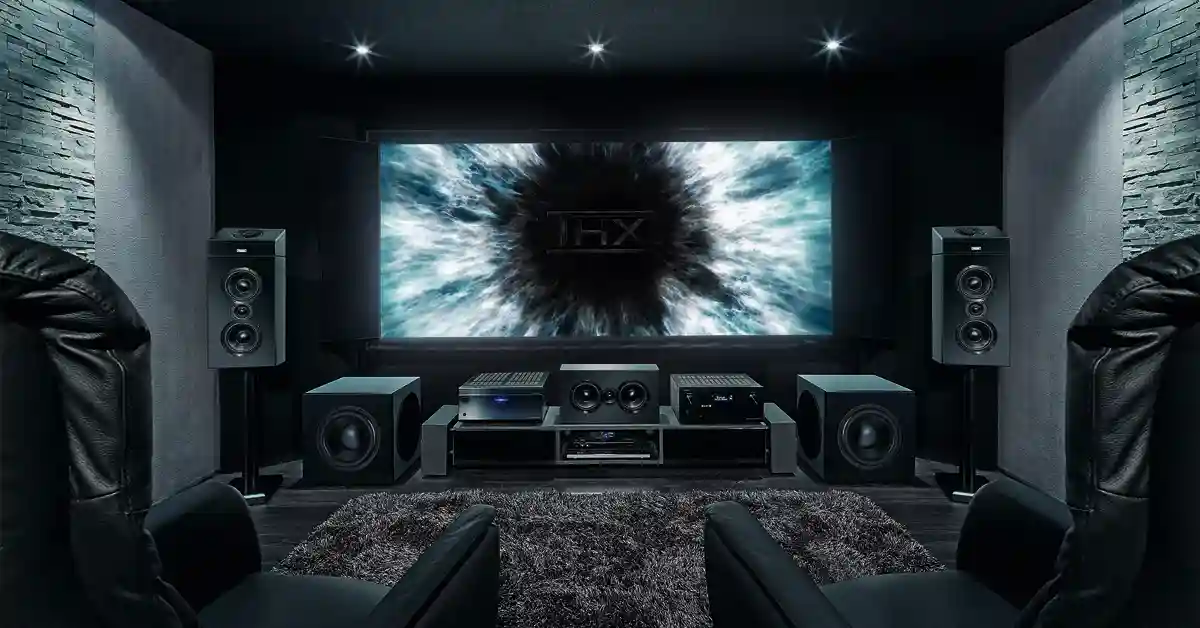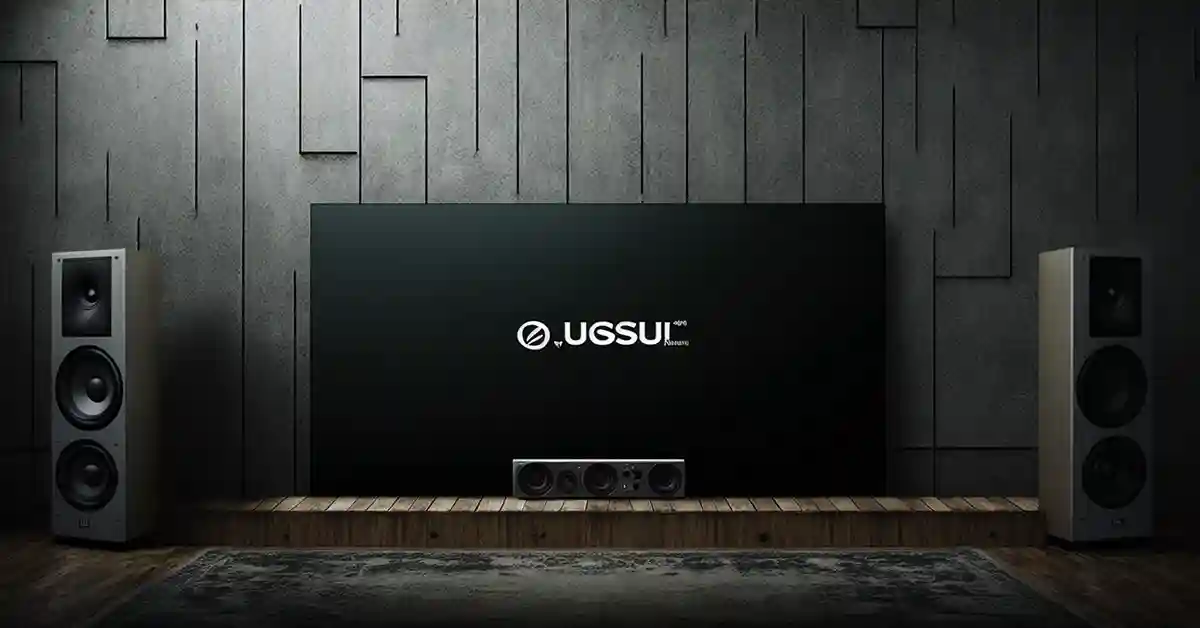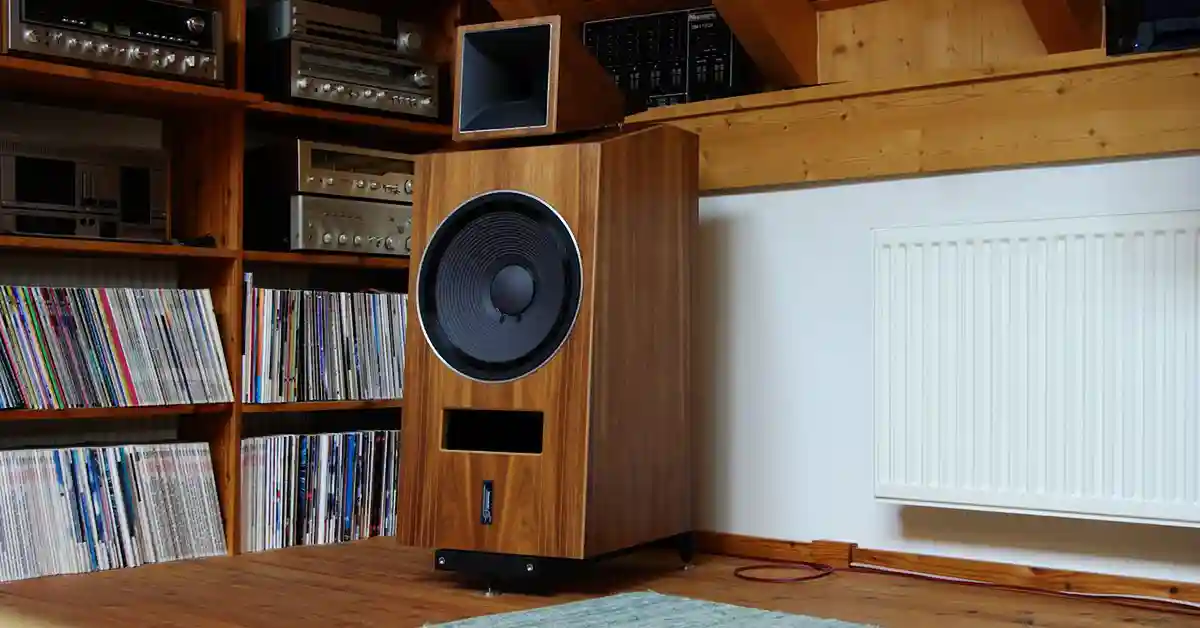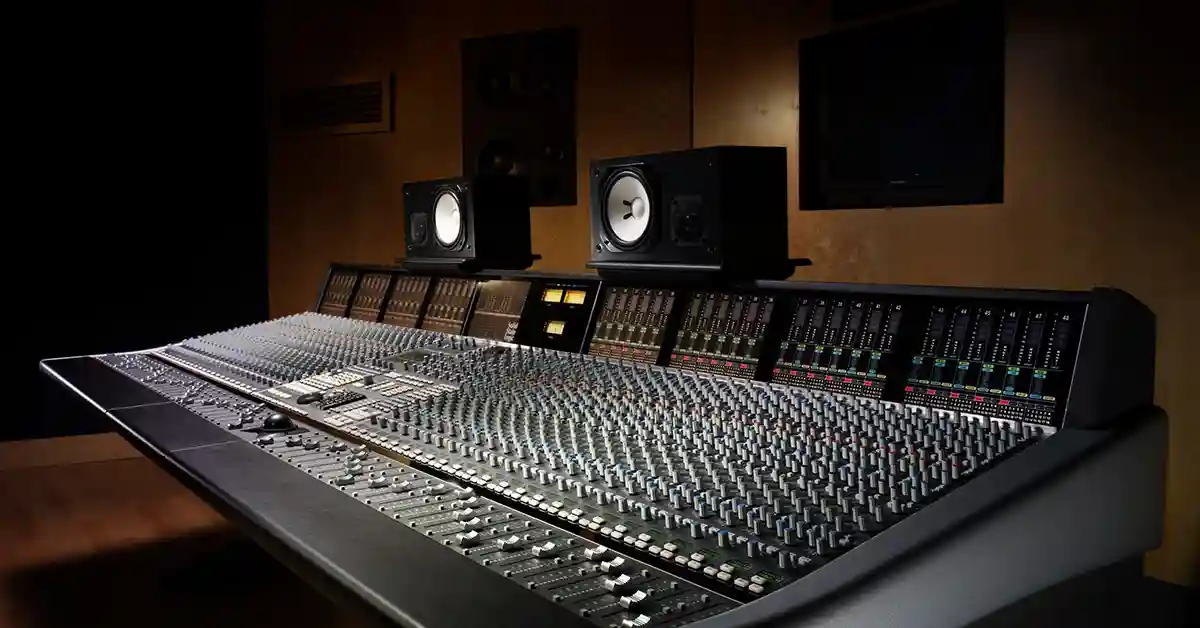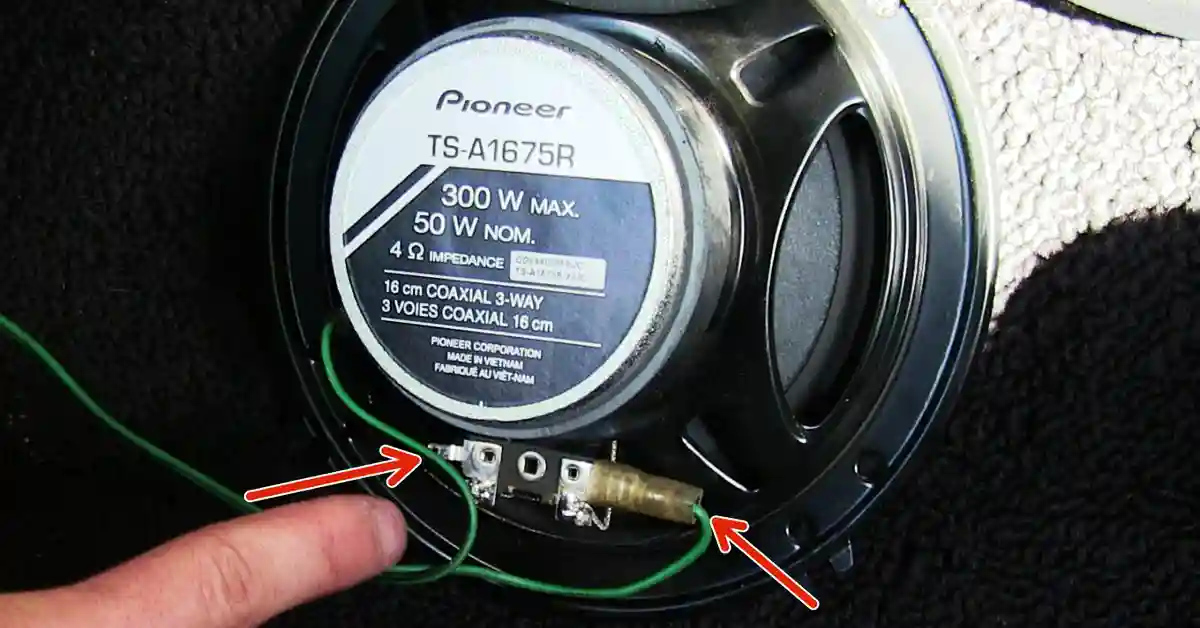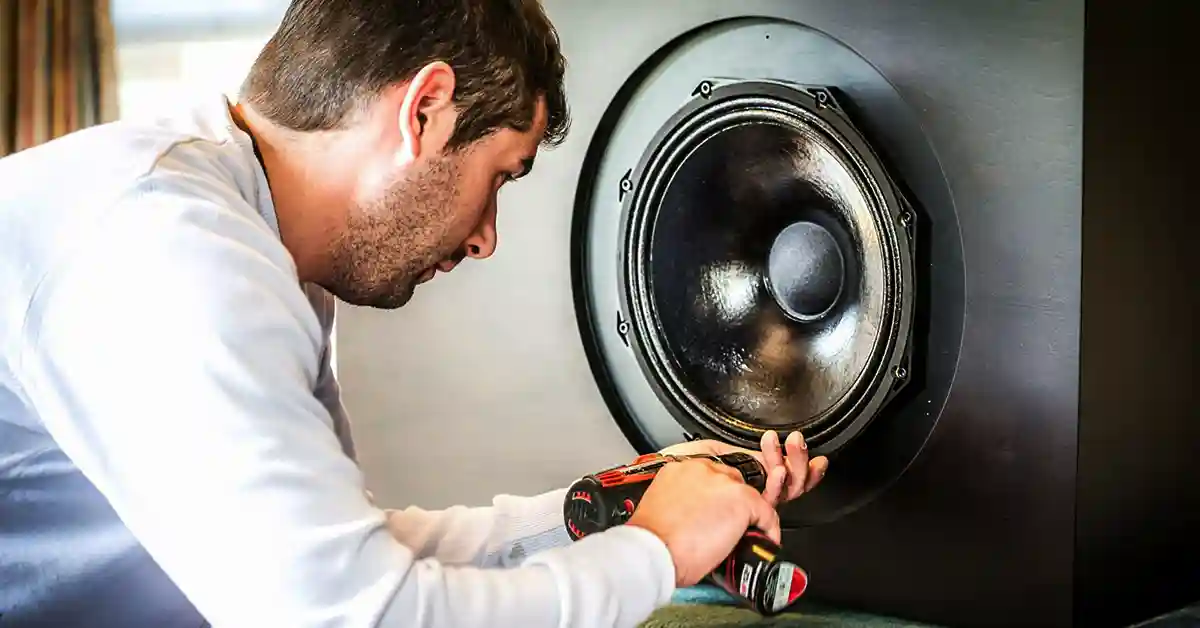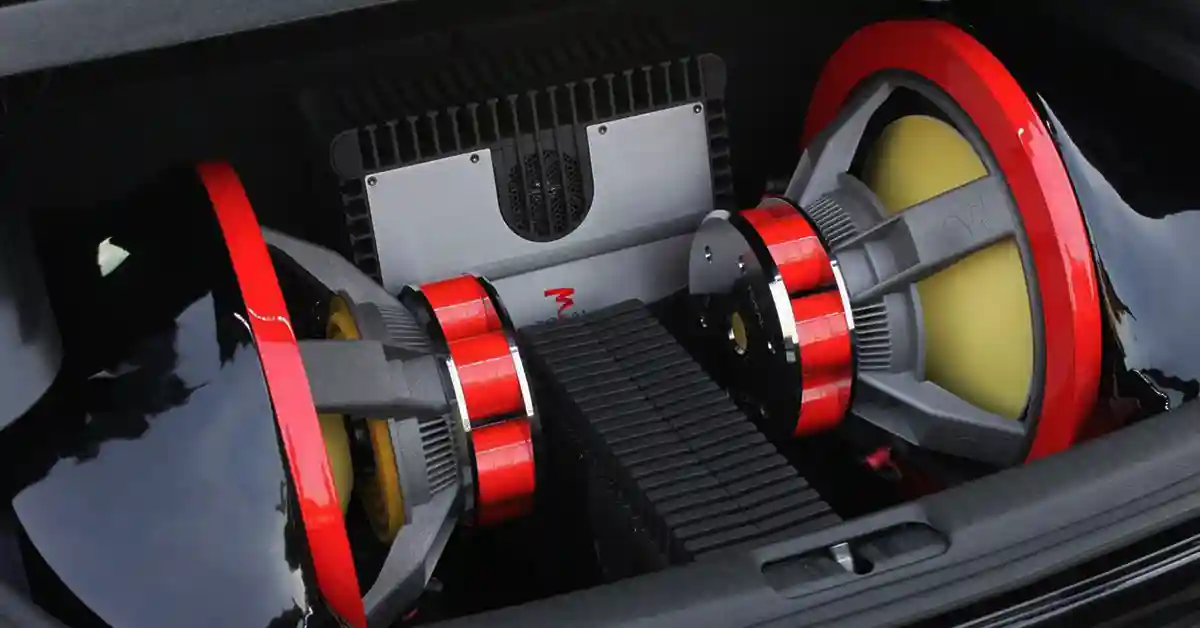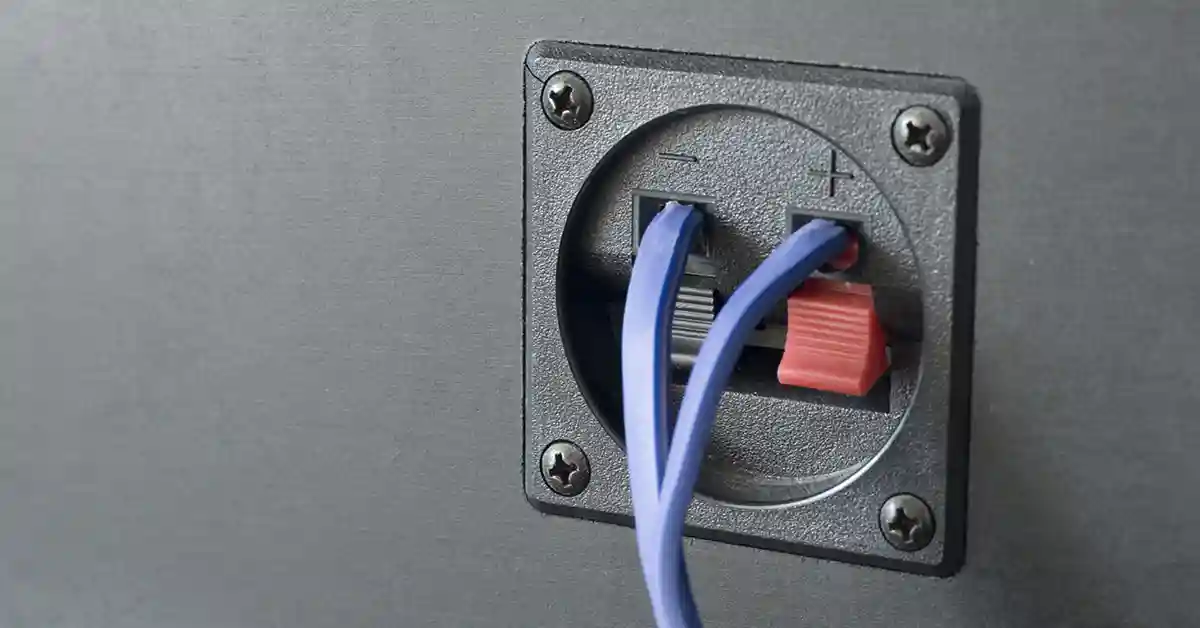What Is RMS In Speakers
Trying to find the perfect speaker to help maximize your listening experience isn’t easy. Firstly, how do you even determine if the speaker is the right one?
Speakers are responsible for converting electromagnetic waves into sound waves. They provide the interface between your system’s electronics and the physical world where you hear sound. Now imagine buying your dream sound system only to realize that you don’t have the right speakers. That would ruin your entire listening experience, right?
A lot of people buy speakers based on the brand so that they can brag to their pals. It’s a proven method to make your friends possibly jealous but once they turn on those speakers, the music is just as bad as their bragging. What beginners into the audio world don’t understand is that you need to look deeper(well, just check the label). We’re talking about the RMS and peak rating numbers.
These are the two factors that determine how much a system can handle before overheating or potentially exploding. It’s important to know the meaning and significance of these factors as they play a massive role in sound quality and volume.
What Does RMS Power Mean In Speakers?
A lot of the time, you hear these speaker geniuses conversing about the number of watts their speakers can carry or the power output that their speakers produce but you’re not quite sure what that means. To avoid all that noise, focus on the RMS to get you started with the lingo.
RMS stands for Root Mean Square and it refers to how much continuous power your speaker, amplifier, or sub can constantly handle. When adjusting the volume on your system, it’s always wise to keep the music at a low volume, but we love to increase the volume at parties over an extended period of time.
The RMS value indicates how long your system can handle that amount of output. It will be the closest rating to the amplifier or speaker’s actual capabilities. Think of RMS as the average power that a system can handle on a continuous basis without the quality weakening.
Peak Power Ratings
The RMS is a good indicator of what a speaker is truly capable of handling. If you’re looking to find the maximum amount of output that a unit can produce, look at the peak power ratings. This shows the maximum burst of output that a unit can produce. The speakers or subs cannot maintain this power for a long period because the peak power ratings only hold that output for short bursts.
Think about driving a car, you drive at an average speed of about 40 miles. Even though your car can drive at its max miles per hour or more, it can’t maintain that speed without the engine burning up or something malfunctioning.
The peak power ratings would be the value of the max amount that your speaker can handle. If you continuously play your unit at its peak power ratings, eventually the wires may overheat and damage the voice coils. This peak wattage can only be utilized for a fraction of a second before failing the unit.
What’s the difference between the RMS and Peak Power Ratings
When you’re looking around for a speaker, you’ll notice that most manufacturers don’t use both numbers on their labeling. It's either the RMS or the peak power rating that is displayed. You might come across a brand that advertises a unit rated at 100 W and another one rated at 50 W.
The temptation is to go for the unit with the higher rating. Like most consumers of the market, our primary thought is bigger means better. However, if you look close enough, you might see that the 100 W speaker has a 100 W peak power rating and the 50 W speaker has a 50 W RMS rating. The 50 W RMS rated speaker might have a peak power rating of 100 W(a unit’s peak power is typically double the RMS power handling).
This means that both products of the same brand are basically the same with a different marketing strategy. The store is not lying to you, they are just providing different forms of information.
How do I calculate RMS power?
RMS in speakers has got to do with an electric charge, mainly current. You need a couple of factors before you actually go and calculate the RMS power. Some of the factors you need to know are the resistance and the length of wiring used to connect the speaker to its externals. Any resistors or loads should be subtracted from the equation as they tend to decrease the power.
The formula stands at: P= I^2 x R
P stands for Power, I stands for the Current Voltage, R stands for Resistance
You can subtract the load or any other variable(like the wiring) variable that decreases the flow of power in a circuit.
If the variables you are given do not correlate to the formula given above, there is always another method used to calculate the RMS power. Check out this video to calculate the power in voltages
What is RMS power?
RMS power is an important factor to consider when buying speakers. Purchasing amplifiers or subwoofers might have a different set of criteria to look at, but ultimately, you’re going to want to for the RMS and/or peak power. However, the average consumer can’t only rely on those two factors alone. They need to look into different aspects of the speaker such as:
- Speaker types.
- Connection types.
Speaker types
- Stereo speakers - You can buy these speakers in pairs with the objective of setting them up as your work speakers near your laptop or monitors.
- Cone speakers - These possess a cone-like structure that is held together by magnets. The cone vibrates with the sound.
- Surround sound speakers - Ideal for home theatre systems. You can place them all over your living room for a movie-night feel. Sold with a subwoofer and multiple speakers.
- Electrostatic speakers - These are more expensive speakers because of how rare they are. The sound production is of top quality but most individuals don’t realize this. An electrostatic speaker uses a thin plastic diaphragm residing between two perforated metal sheets or stator plates to produce sound.
Connection types
- Wired speakers (Uses wires like a USB or Auxiliary cord to connect to your speaker)
- Wireless speakers (Uses WiFi network as a connection hub from your phone to your speakers)
- Bluetooth speakers (Uses Bluetooth as a connection hub from your phone or unit to your speakers)
The choice you make when purchasing a speaker should depend on what you’re going to use them for and where they will be situated.
Recommendations
So, what is RMS output? How do we explain RMS to the individual buying a speaker? Let’s use this example.
A 200 W(RMS) speaker does not require a 200 W(RMS) amplifier to drive the speaker. A speaker requires about 30 percent of the RMS in an amplifier to properly function. It does not require the full amount of RMS from the amplifier to function. If the following is a little too much, refer to this table for a quick summary on shopping for speakers and amplifiers.
| Number Of Speakers | RMS rating on each speaker | Total Rating of Speaker (RMS) | Recommended Amplifier Power (RMS) |
| 1 | 100W | 100W | 30-100W |
| 2 | 100W | 200W | 60-200W |
| 3 | 100W | 300W | 90-300W |
Conclusion
If you’re looking to ensure that your speakers last for years and even decades, you need to look out for the RMS figure. You need to establish the average power that your speakers can play at and stick to that wattage. This is not only important when keeping your wires and voice coils cooled down, but it’s also important in maintaining the quality of your speakers.
To end off on a good note, make sure to keep your speakers safe and reliable. They are a work of art.
Related Articles

